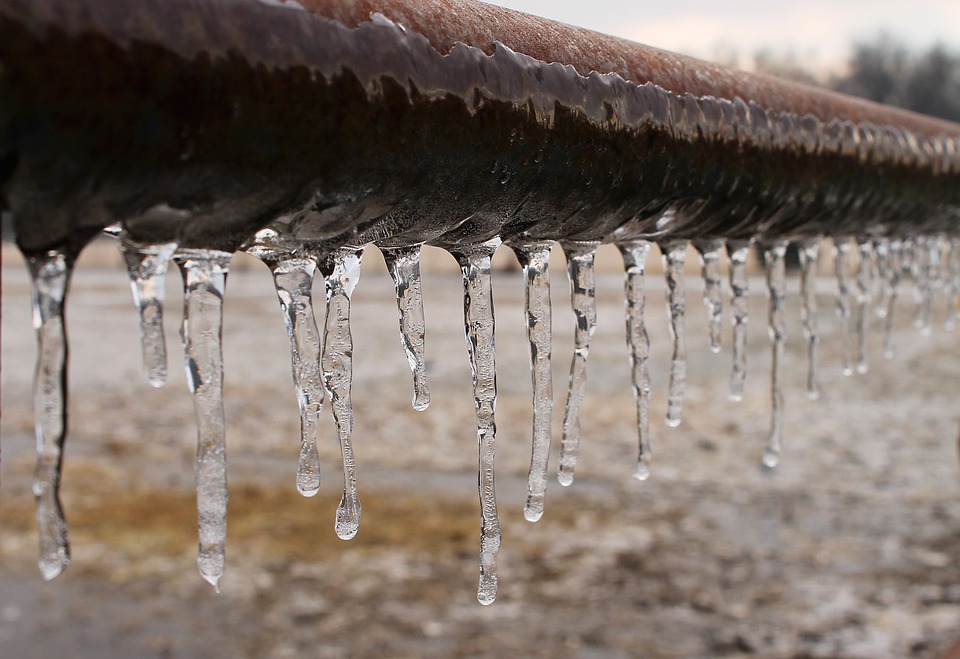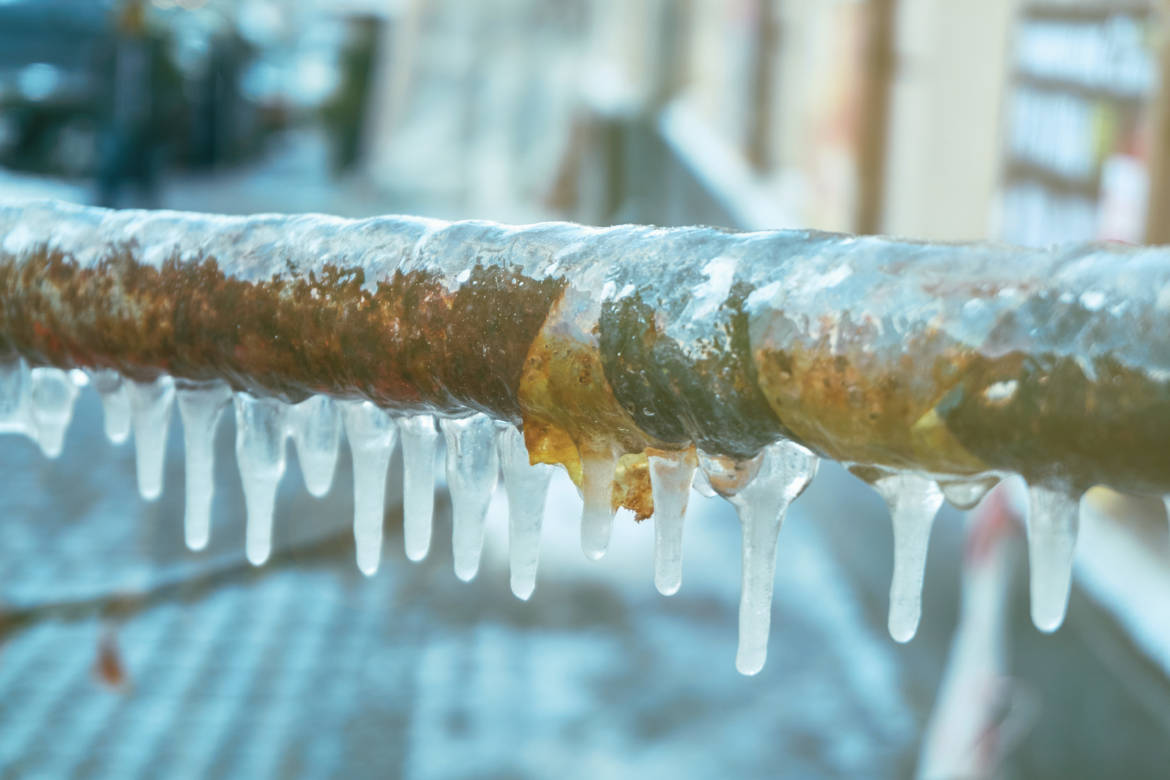Preventing Frozen Pipes in Winter: Professional Strategies
Preventing Frozen Pipes in Winter: Professional Strategies
Blog Article
The article in the next paragraphs relating to Preventing and dealing with frozen pipes is extremely enlightening. Give it a go and make your own assumptions.

Cold weather can ruin your pipes, particularly by freezing pipelines. Here's just how to prevent it from happening and what to do if it does.
Intro
As temperature levels drop, the danger of icy pipes increases, potentially causing costly repairs and water damage. Recognizing how to avoid icy pipes is vital for home owners in cool climates.
Understanding Frozen Pipes
What creates pipes to ice up?
Pipes freeze when revealed to temperatures listed below 32 ° F (0 ° C) for prolonged periods. As water inside the pipelines freezes, it expands, putting pressure on the pipeline walls and possibly causing them to burst.
Threats and damages
Frozen pipes can result in supply of water interruptions, home damage, and pricey repair work. Ruptured pipelines can flood homes and cause comprehensive architectural damage.
Indications of Frozen Water Lines
Identifying frozen pipes early can stop them from breaking.
Exactly how to determine icy pipelines
Search for decreased water flow from faucets, uncommon smells or noises from pipes, and noticeable frost on revealed pipelines.
Prevention Tips
Protecting at risk pipes
Wrap pipelines in insulation sleeves or utilize warm tape to shield them from freezing temperatures. Concentrate on pipes in unheated or outside areas of the home.
Heating strategies
Keep indoor spaces effectively warmed, particularly locations with plumbing. Open cabinet doors to permit warm air to distribute around pipes under sinks.
Shielding Exterior Pipes
Yard hose pipes and outdoor taps
Disconnect and drain yard hoses before winter. Set up frost-proof spigots or cover exterior taps with protected caps.
What to Do If Your Pipelines Freeze
Immediate actions to take
If you think icy pipes, maintain faucets open up to eliminate pressure as the ice melts. Make use of a hairdryer or towels soaked in hot water to thaw pipelines slowly.
Long-Term Solutions
Structural modifications
Consider rerouting pipes far from outside walls or unheated areas. Add added insulation to attics, basements, and crawl spaces.
Updating insulation
Invest in premium insulation for pipelines, attic rooms, and wall surfaces. Correct insulation helps preserve constant temperature levels and minimizes the threat of frozen pipelines.
Conclusion
Preventing icy pipes needs positive measures and quick actions. By understanding the reasons, indications, and preventive measures, house owners can shield their pipes throughout cold weather.
5 Ways to Prevent Frozen Pipes
Drain Outdoor Faucets and Disconnect Hoses
First, close the shut-off valve that controls the flow of water in the pipe to your outdoor faucet. Then, head outside to disconnect and drain your hose and open the outdoor faucet to allow the water to completely drain out of the line. Turn off the faucet when done. Finally, head back to the shut-off valve and drain the remaining water inside the pipe into a bucket or container. Additionally, if you have a home irrigation system, you should consider hiring an expert to clear the system of water each year.
Insulate Pipes
One of the best and most cost-effective methods for preventing frozen water pipes is to wrap your pipes with insulation. This is especially important for areas in your home that aren’t exposed to heat, such as an attic. We suggest using foam sleeves, which can typically be found at your local hardware store.
Keep Heat Running at 65
Your pipes are located inside your walls, and the temperature there is much colder than the rest of the house. To prevent your pipes from freezing, The Insurance Information Institute suggests that you keep your home heated to at least 65 degrees, even when traveling. You may want to invest in smart devices that can keep an eye on the temperature in your home while you’re away.
Leave Water Dripping
Moving water — even a small trickle — can prevent ice from forming inside your pipes. When freezing temps are imminent, start a drip of water from all faucets that serve exposed pipes. Leaving a few faucets running will also help relieve pressure inside the pipes and help prevent a rupture if the water inside freezes.
Open Cupboard Doors
Warm your kitchen and bathroom pipes by opening cupboards and vanities. You should also leave your interior doors ajar to help warm air circulate evenly throughout your home.

We hope you enjoyed our topic on Winter Plumbing Precautions: Preventing Frozen Pipes. Many thanks for taking a few minutes to read through our content. I beg you set aside a second to promote this post if you appreciated it. I treasure reading our article about How to prepare your home plumbing for winter weather.
Visit Website Report this page